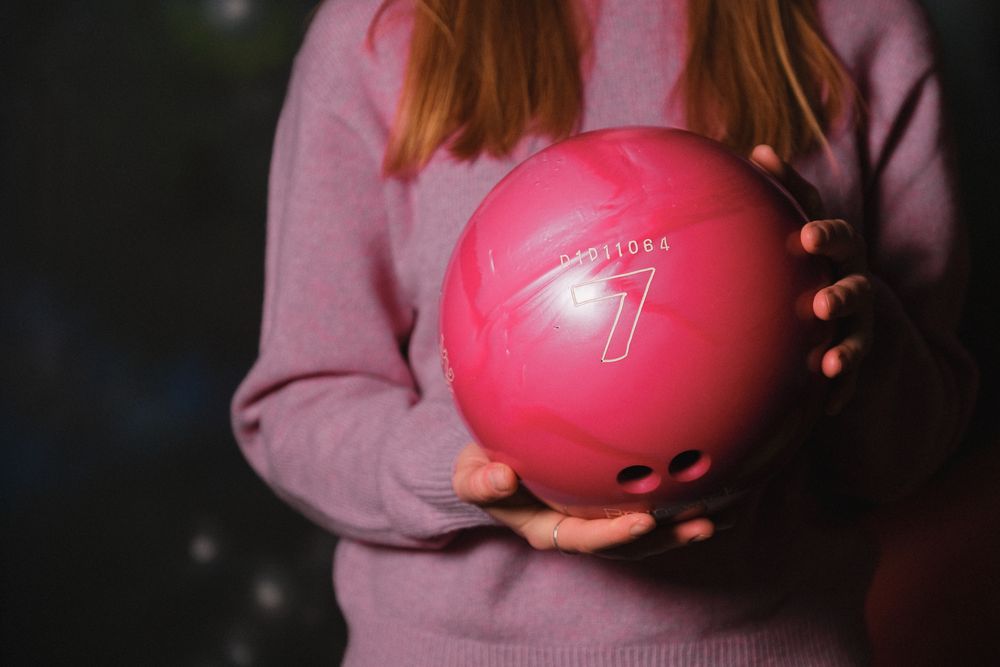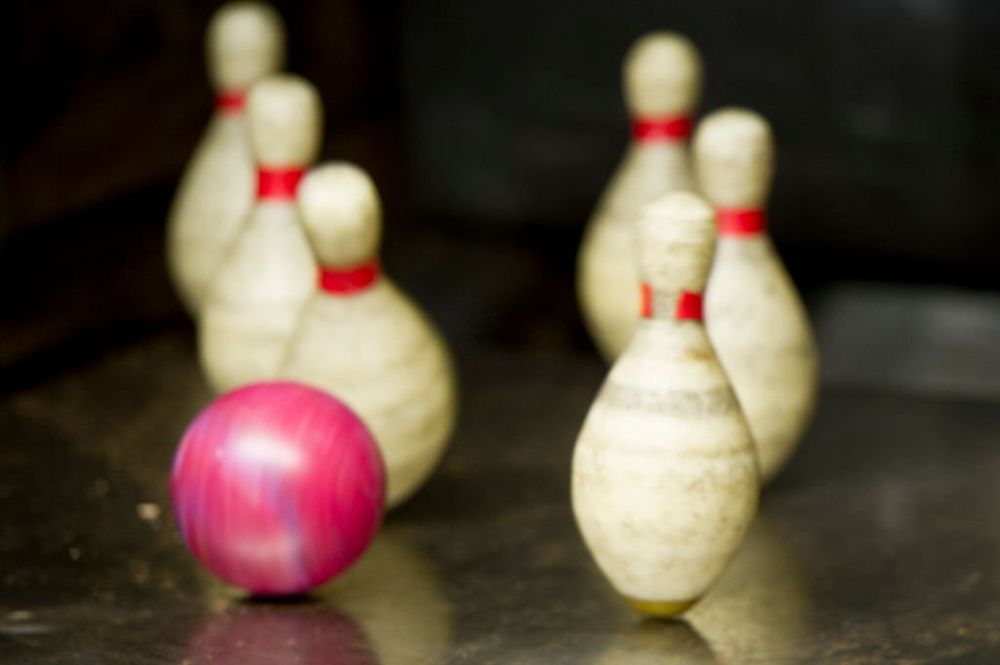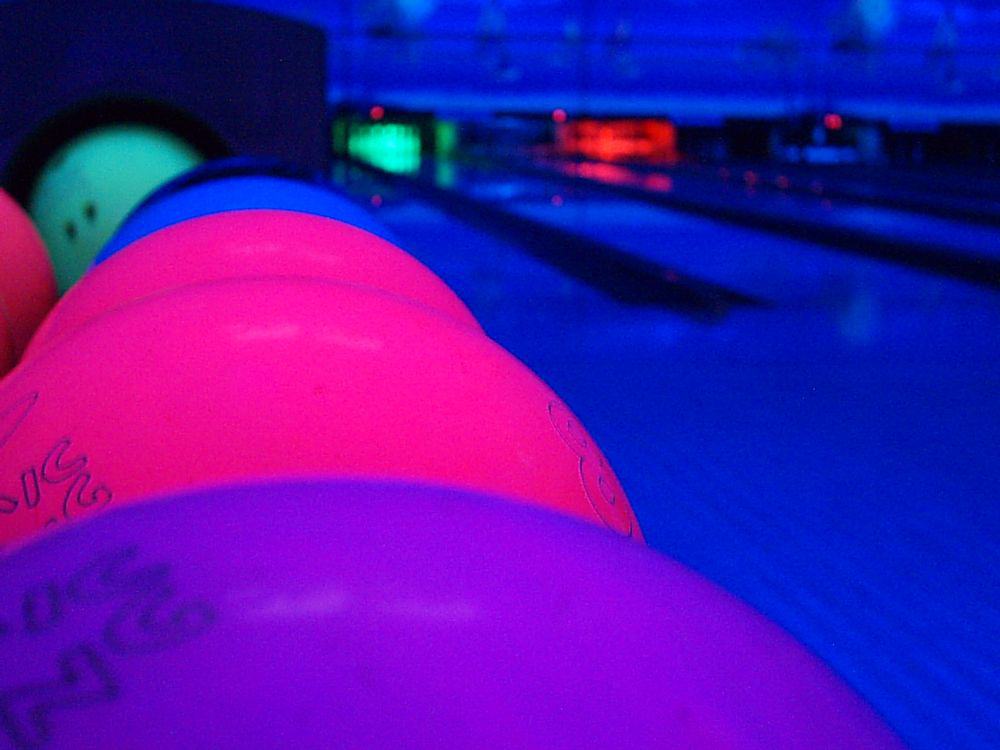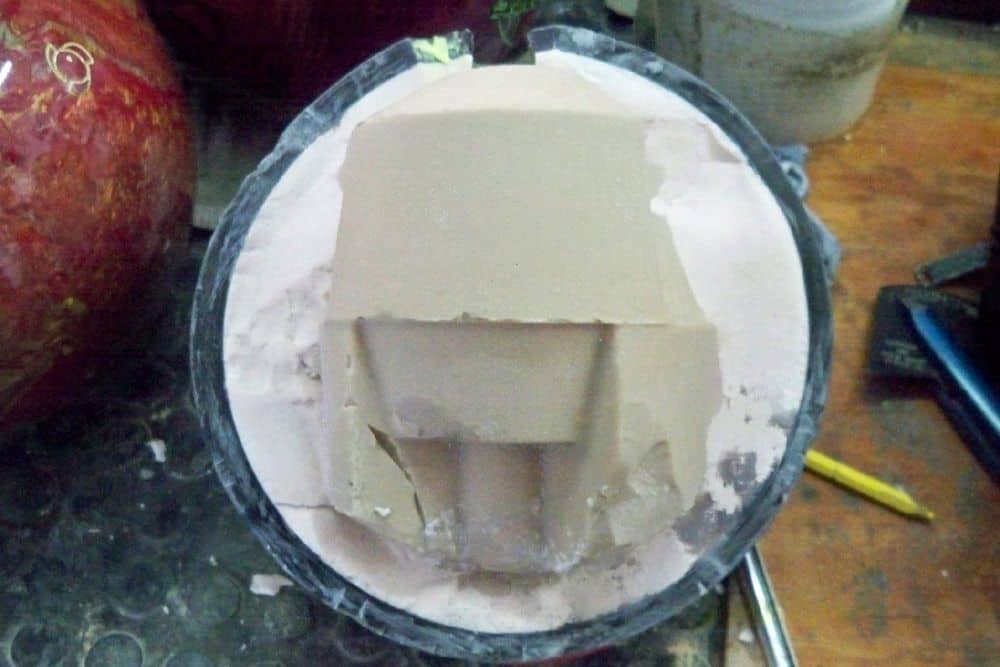If you’re an avid bowler or perhaps a newbie enthusiast, you’ve probably noticed the balls’ numbers and wondered what they might mean. Well, various answers are available for this, such as weight indication, serial numbers, etc.
Usually, in bowling alleys, these numbers are used to indicate the weight, while smaller numbers indicate another feature. So, if you’re interested to know more, let’s look further into what these numbers mean and what else you should be aware of regarding bowling balls.
Difference between large and small numbers on bowling ball
The most general scenario when it comes to bowling ball numbers is weight and serial numbers. For one, large numbers typically refer to the bowling ball’s weight.
You’ll find that the number will usually range from 6 to 16, which indicates lbs. These are called house balls and are found in most commercial bowling areas.
Indicating the larger numbers as weight can quickly help identify the player from one ball to the other. Particularly when choosing the right weight for yourself. It can help you pick a ball appropriate for your height and weight instead of simply choosing a random ball.
On another note, small numbers are generally used to indicate the serial numbers of bowling balls.
The numbers are usually preceded by USBC code. It can help identify important information about the ball, such as type, manufacturing date, etc.
Difference between RG and Diff
RG and Diff are something you may have heard of while bowling. So, what exactly is it? Let’s start with RG first.
RG in bowling balls refers to “radius of gyration,” which is a term used to describe the distribution of the ball’s mass within the bowling ball. This typically plays a crucial role in determining how the ball travels down the lane.
A high RG bowling ball will have a closer mass to the ball’s cover, while a low RG will usually have a mass closer to the ball’s center. But where does Diff come into all of this?
Well, differential usually refers to the number of track flares the bowling ball has. This track flare refers to the difference between high and low RG.
In this case, bowling balls with higher differential RG will roll more angularly with greater track flare than balls with low differential RG. So, in simple terms, differential or Diff means the difference between the value of a low and high RG.
What Is Considered a High RG Bowling Ball?
We’re all aware that bowling balls will contain different weight blocks & coverstocks that deliver their personal reaction. So, we can get the RG values with these different shapes and materials.
But as RG values come in high and low, how can we consider which bowling ball is a high RG? Bowling balls with an RG of 2.680″ – 2.800″ can be considered high RG bowling balls. Remember, with high RG, a higher number means you’ll get increased length from the ball.
Can you Put Other Markings on Bowling Balls?
Since important ball markings such as numbers and holes are crucial in determining the type of bowling ball, they cannot be tampered with. This means you can’t just add any numbers according to your liking.
However, you can add other markings, such as customizing the ball to your preference. Several stores also offer these customization features. So, if you’re looking to add other markings, these stores will be your best bet.
What Is the Best Bowling Ball Number to Use?
Regarding bowling balls, there isn’t a specific best number to use. It all depends on your body proportion.
However, there are specific ways to determine which number works best for you.
So, a bowling ball should generally weigh 10% of your total body weight. This means if you weigh around 150lbs, grabbing a number 8 ball will not be the best fit for you. Of course, you’d want the ball to carry some weight, but it should never overpower you.
However, you can’t use a light ball either, as the ball will not be able to swing correctly on its own weight.
Hence, the average adult male beginners should go for numbers 14-16 balls, while adult female beginners should go for the numbers 10-14. For young bowlers, anywhere between 6-14 is suitable.
What number bowling ball should I use?
Some of you might use specific bowling ball numbers, thinking they’re your lucky item or number. If so, that shouldn’t be the case.
As mentioned earlier, higher bowling numbers usually indicate the ball’s weight. Hence, you should use one accordingly.
So, which number bowling ball should you use? Normally, you should use one that goes hand in hand with your height and weight. Lower the number means lighter the ball, and higher the number means heavier.
So, if you’re an adult, you should look for a higher number. As noted before, your ball should equal 10% of your weight. Hence, once you have matched up your weight with the ball according to this rule, it’s best to use that particular number ball while bowling.
How do you read bowling ball specs?
Learning bowling ball specs is helpful as it can help you understand the ball construction much better, which can help you pick bowling balls that suit you best.
You can go through the ball specs by looking up useful details such as tolerances and manufacturing limits under guidelines provided by the USBC. You should also consider the exterior specs, such as its construction, material, and surface.
Make sure to check the ball weight, which can be read through the numbers on the ball. Some of the lower numbers will also provide other ball specs, such as serial numbers, manufacturing details, etc.
What are the levels of bowling balls?
There are around 5 types of levels for bowling balls, each referring to a different level of performance, including:
Entry-Level
Generally, bowling balls with low or no hook potential are considered entry-level. Another criterion for entry-level performance is that the ball may be constructed from either plastic or polyester.
This ball will be lighter than other bowling balls. Hence, it is usually used by beginners, kids, and senior citizens as it is pretty lightweight. Usually, professional bowlers will utilize this ball during shooting spares.
Mid-level
This is an average-performance bowling ball and is usually made from polyurethane materials. It generally delivers low hook potential and is considered ideal for dry or light oil conditions. Beginners or amateurs typically use this level of the ball to practice and improvise bowling skills.
Advance Level
The advanced-level balls usually produce slightly high or medium hook potential. But it does come with a broader reaction range than the first two levels, including a strong backend and moderate mid-lane.
The advanced level is apt for skilled players of all ages and levels. And its coverstock is also pretty reactive. For an advanced level performance, you can prefer either pearl or solid reactive ball. This level of ball is also generally played in the heavy to medium oil lane.
High-Level
The high-level balls are composed of polyurethane-based substances with great hook potential. It also produces excellent ball motion in various reactions with a highly reactive coverstock.
Advanced and experienced bowlers generally use the high-level bowling ball. This level is ideal for medium-heavy oil lanes.
Pro-Level
The pro-level bowling ball is designed using very advanced technology. So, naturally, it has the most reliable and strongest core technology. Among all the bowling balls, the pro-level ranks highest in terms of hook potential.
If you’re able to use it perfectly, you’d be surprised by the performance it delivers. This is also the ball level that most bowlers use during professional bowling leagues. It has a strong backend reaction and reads the mid-lane pretty well.
How can you tell the weight of a bowling ball?
One of the easiest and ideal ways of checking the weight of your bowling ball is through numbers. However, you can measure it through a weight scale if you have one nearby.
If you’re buying a new bowling ball, chances are the weight will be indicated along with other information. You can also have the weight checked through a local pro shop.
Normally, the number method is the quickest way to tell the weight of most house balls. This is because each bowling ball will have different numbers, some of which indicate the weight.
Hence, if you can see high and big numbers, it indicates the lbs of the ball. The numbers generally range from 6 to 16.
Conclusion
When it comes to bowling balls, you can actually learn a lot by examining and inspecting the numbers found on the ball. Through these numbers, you’ll likely be able to tell the weight, place of manufacture, serial numbers, and more.
Moreover, if you can dig deeper, you can also find information on the accuracy of the ball traveling down the lane while rolling.
That said, bowling ball numbers are more than numbers. Hence, if you’re a newbie bowler, we hope the article has helped clear some of your doubts and confusion regarding the ball.









